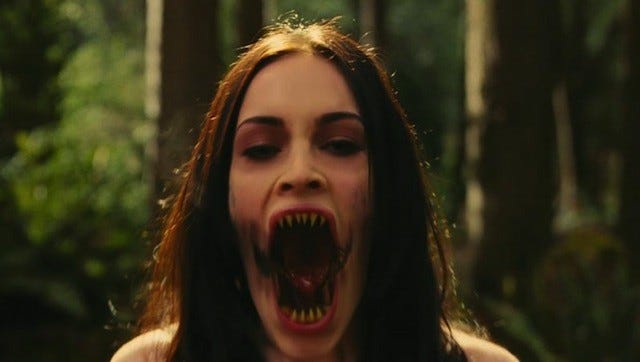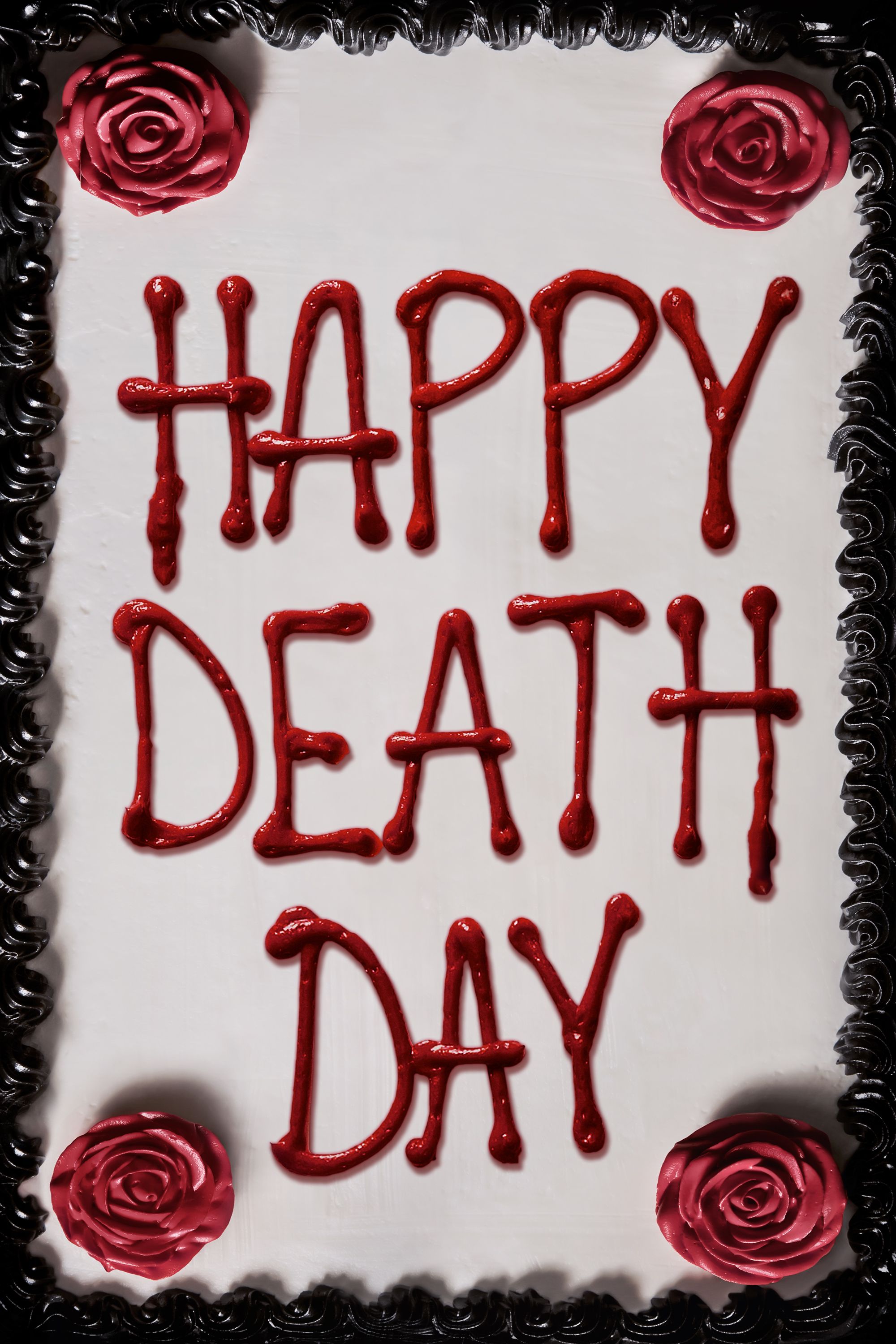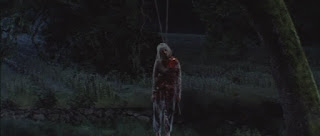
The purpose of horror films has not changed much over the years. The horror genre is centered around its ability to frighten an audience by implementing some of our worst fears into a film, such as death or fear of the unknown. The audience is meant to feel uneasy while watching a horror film, leaving viewers anxiously waiting to see what will happen next. You might ask yourself, why would anyone want to watch a horror movie? Well the answer is simple: people enjoy being scared. Ever since the world’s first horror movie (“Le Manoir du Diable”, 1896), moviegoers have enjoyed watching horror films because of the thrill and excitement being scared gives us. Fear allows audiences to be distracted from other things that might be on their mind such as a big exam, work troubles, etc. Horror can be categorized into a variety of smaller genres such as science fiction, fantasy/supernatural, or thriller films. Early horror films tended to focus on monsters such as vampires, ghosts, mad scientists, and zombies.
Horror films today can be very complex in how the antagonist of the story is presented. Many horror movies star a seemingly “normal” person who turns out to be a highly disturbed individual, making the film more comparable to the real world. While my partner and I are unsure what kind of antagonist we want for the film, we are most likely going to use a male character, since a man is traditionally the bad guy in this genre. Representation in horror films has also remained consistent throughout the years, stereotypical characters like the dumb blonde, the sexually active couple, and the skeptic (usually a POC) are still present in films today. For this project my partner and I plan on using a common narrative in horror films, which would be a young girl being chased through the woods by an unknown man. We thought that shooting our project in the woods would be a great idea, as a spooky forest adds a sense of isolation and drama to the film opening.
Sources:
Horror Films, www.filmsite.org/horrorfilms.html.










